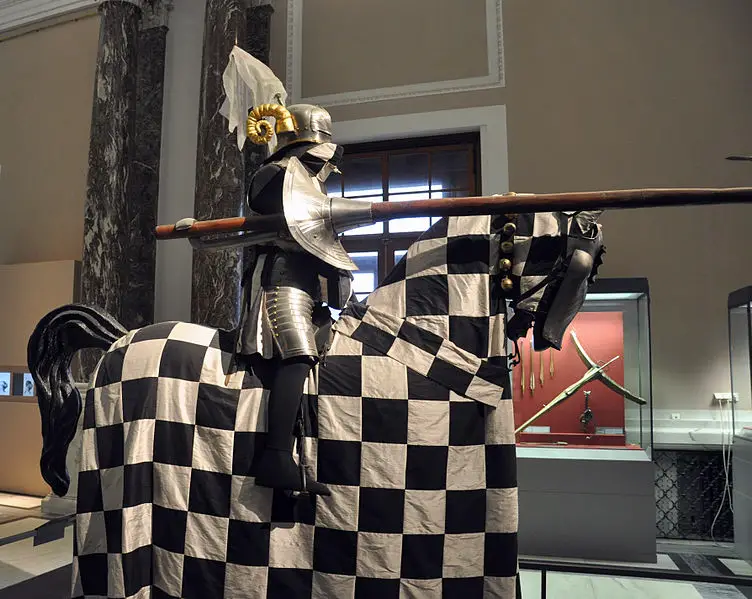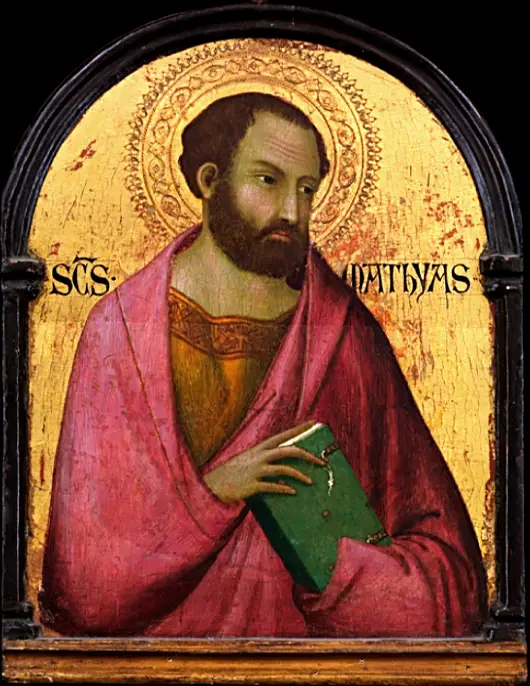 At just before 8am on the 25th February 1601, Robert Devereux, 2nd Earl of Essex was brought out of the Tower of London and walked to the scaffold. He was wearing a black velvet gown, black satin doublet and breeches and a black hat, which he took off as he climbed up onto the scaffold so that he could bow to the people gathered. He then made a speech acknowledging "with thankfulness to God, that he was justly spewed out of the realm", and said:
At just before 8am on the 25th February 1601, Robert Devereux, 2nd Earl of Essex was brought out of the Tower of London and walked to the scaffold. He was wearing a black velvet gown, black satin doublet and breeches and a black hat, which he took off as he climbed up onto the scaffold so that he could bow to the people gathered. He then made a speech acknowledging "with thankfulness to God, that he was justly spewed out of the realm", and said:
My sins are more in number than the hairs on my head. I have bestowed my youth in wantonness, lust and uncleanness; I have been puffed up with pride, vanity and love of this wicked world’s pleasures. For all which, I humbly beseech my Saviour Christ to be a mediator to the eternal Majesty for my pardon, especially for this my last sin, this great, this bloody, this crying, this infectious sin, whereby so many for love of me have been drawn to offend God, to offend their sovereign, to offend the world. I beseech God to forgive it me – most wretched of all.
After praying that God would preserve the Queen and asking the crowd to join him in prayer, he begged God to forgive his enemies. He then removed his gown and ruff and knelt at the block, looking up at the sky and saying the Lord's Prayer. After forgiving the executioner, who knelt in front of him, Essex repeated the Creed and then took off his doublet, as it was covering his neck, to display a waistcoat of scarlet, the colour of martyrs. He laid himself on the block, stretched out his arms and prayed, "Lord be merciful to Thy prostrate servant… Lord, into Thy hands I commend my spirit." After repeating two verses of Psalm 51, he could take no more and cried out, "Executioner, strike home!". The executioner swung his axe to behead Essex, but, unfortunately, it took three blows to sever his neck. When the deed was finally done, the executioner held the head aloft, shouting, "God save the Queen!"
It was the end of a man who had given Elizabeth I much joy, but also much anger during her later years.
Doyne C Bell, author of Notices of the Historic Persons Buried in the Chapel of St Peter ad Vincula in the Tower of London, the reports of the restoration of the Chapel of St Peter ad Vincula and the exhumations carried out in 1876 and 1877, writes of how the body and head of Essex were put into a coffin and buried in the chancel of the Chapel to the right of the resting places of the Earl of Arundel and the Duke of Norfolk.
Trivia: Essex's executioner was Thomas Derrick, a man whom Essex had pardoned for rape on the condition that he become an executioner.
Click here to read more about Robert Devereux, his life and career.
Taken from On This Day in Tudor History by Claire Ridgway.
Also, on this day in history, 25th February 1570, the excommunication of Elizabeth I by Pope Pius V - click here to read more about this and to read the bull.



Leave a Reply